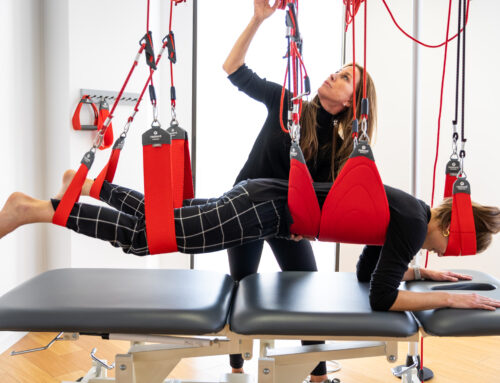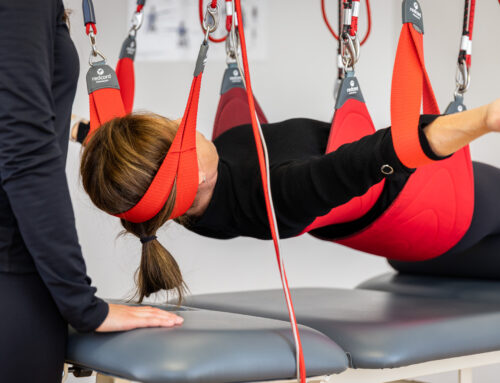The purpose of this study was to examine the effects of general sling-bridge exercise (GSE) and slingbridge exercise with rhythmic stabilization technique (SER) on trunk muscle endurance and flexibility in adolescents with low back pain (LBP). 30 adolescents who had complaints of LBP were randomly assigned to one of the two groups: the GSE group (n=15) and SER group (n=15). Subjects performed each exercise programs for 4 weeks with the aim of improving trunk muscle stability; GSE group trained general bridge exercise with sling, SER group trained rhythmic stabilization bridge exercise with sling. The static and dynamic trunk muscle endurance and flexibility were measured before and at the end of the exercise program. The static and dynamic trunk muscle endurance were significantly
improved in both groups (p<.05) and the SER group showed significant difference from the GSE group after the exercise (p<.05). The trunk muscle flexibility was significantly improved in both groups (p<.05) and the SER group were significantly different from GSE group post-exercise (p<.05). The results of this study showed that sling bridge exercise with rhythmic stabilization technique may be appropriate for improving trunk muscle stability in adolescents with LBP.
Key words: Low Back Pain, Sling-Bridge Exercise, Rhythmic Stabilization Exercise, Muscle Endurance, Flexibility





